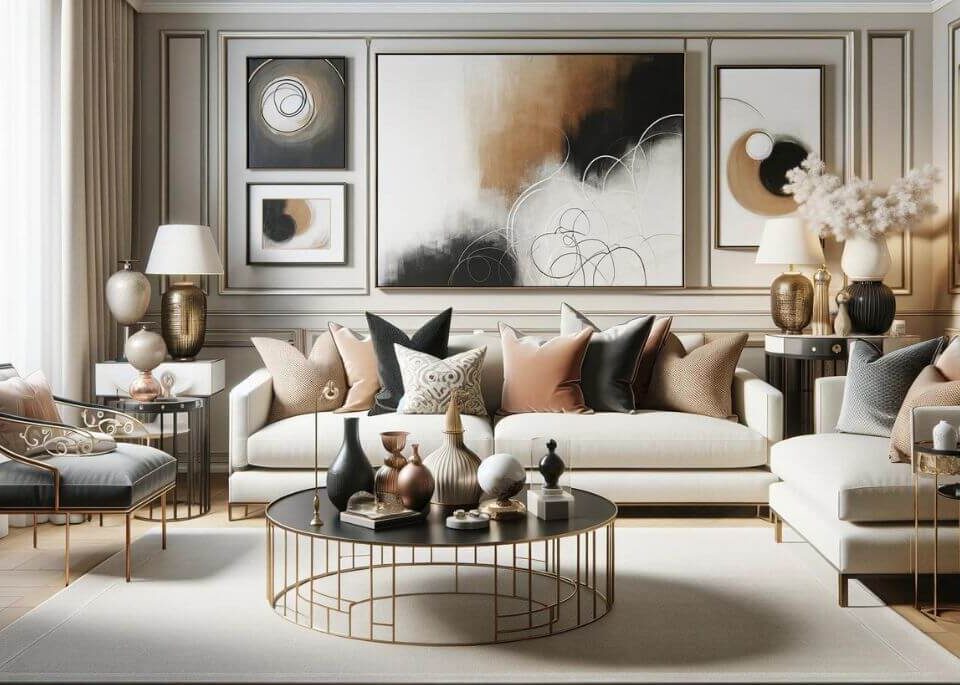
The Elements of Design: The Building Blocks of Interior Spaces
August 8, 2023
How to Choose the Perfect Textiles and Fabrics for Your Home
August 10, 2023The Fundamentals of Interior Design: Mastering the Art of Space, Color and Texture
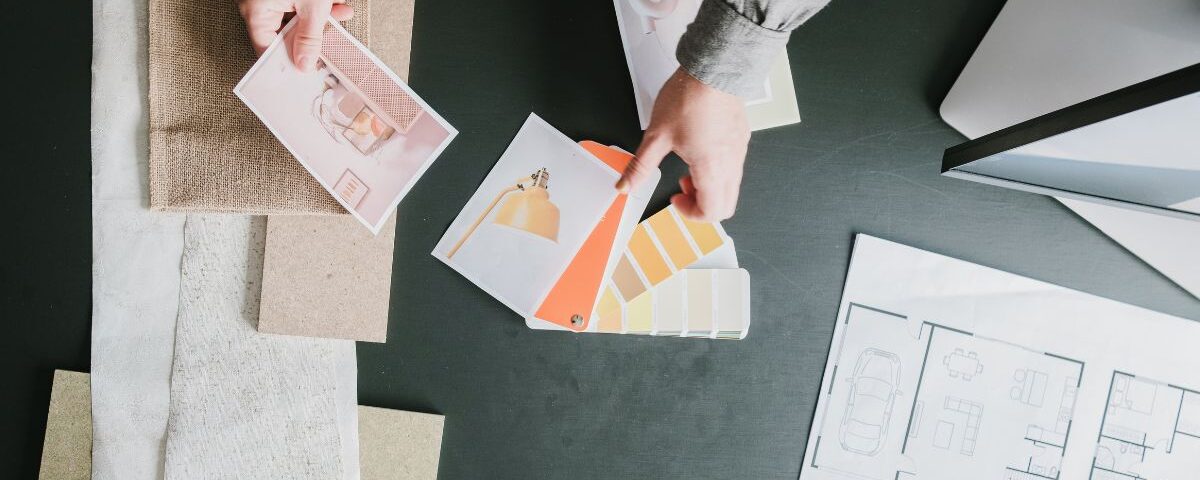
Interior Design Fundamentals are the building blocks of creating aesthetically pleasing and functional spaces. It’s an art that involves mastering space, color, and texture, blending creativity with functionality. This article will take you on a comprehensive tour of these fundamentals.
Table of Contents
The Elements and Principles of Interior Design
Interior design rests on two cornerstones: elements and principles. The elements of design serve as the raw materials, while the principles provide guidelines on how these elements should be organized and arranged.
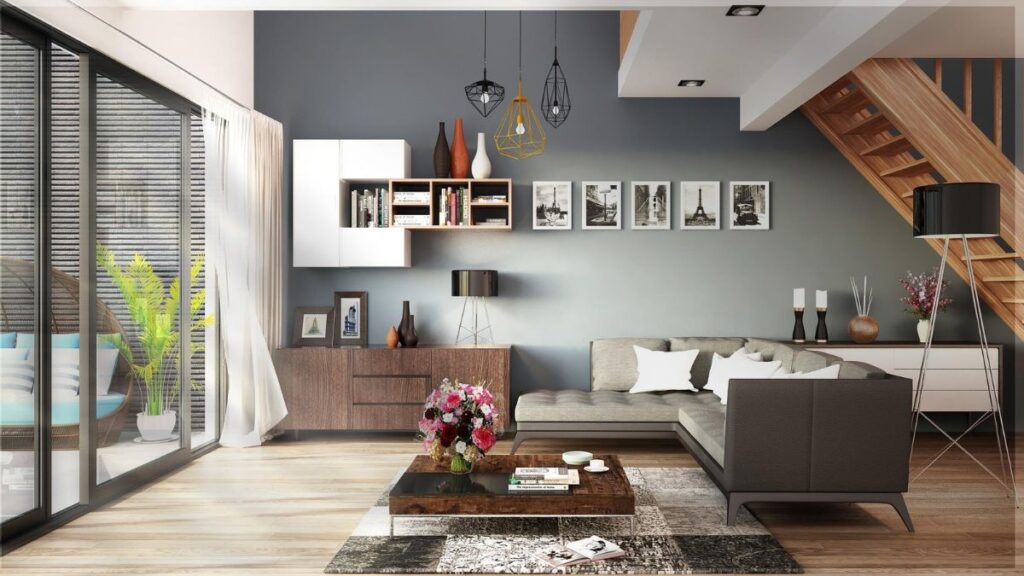
Elements of Design
The elements of design include space, line, form, light, color, texture, and pattern. Each of these plays a critical role in shaping an interior environment. Understanding these elements is crucial to master the art of interior design. You can learn more about the elements of design here.
Principles of Design
The principles of design, including balance, rhythm, emphasis, proportion, and scale, guide the placement and arrangement of the elements. Applying these principles effectively can bring harmony and unity to space. Here’s a detailed guide on applying the principles of design in your home.
Understanding the Importance of Space in Interior Design
Space is the fundamental building block of interior design. It provides the physical boundaries within which all other elements exist.
Scale and Proportion
Scale and proportion ensure that objects in a room relate well to each other and the space as a whole. An understanding of scale and proportion is essential in achieving a balanced and harmonious interior. Discover more about scale and proportion in interior design here.
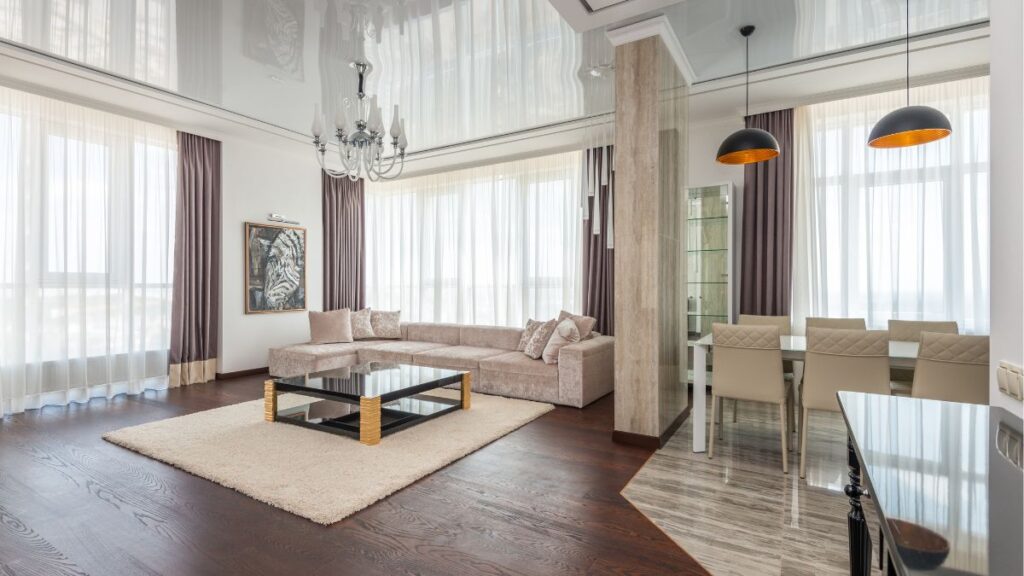
Space Planning
Space planning involves the allocation and division of space to meet the functional needs of its occupants. It is an integral part of the interior design process and has a significant impact on the efficiency and comfort of a space. Learn about maximizing functionality in your home with space planning here.
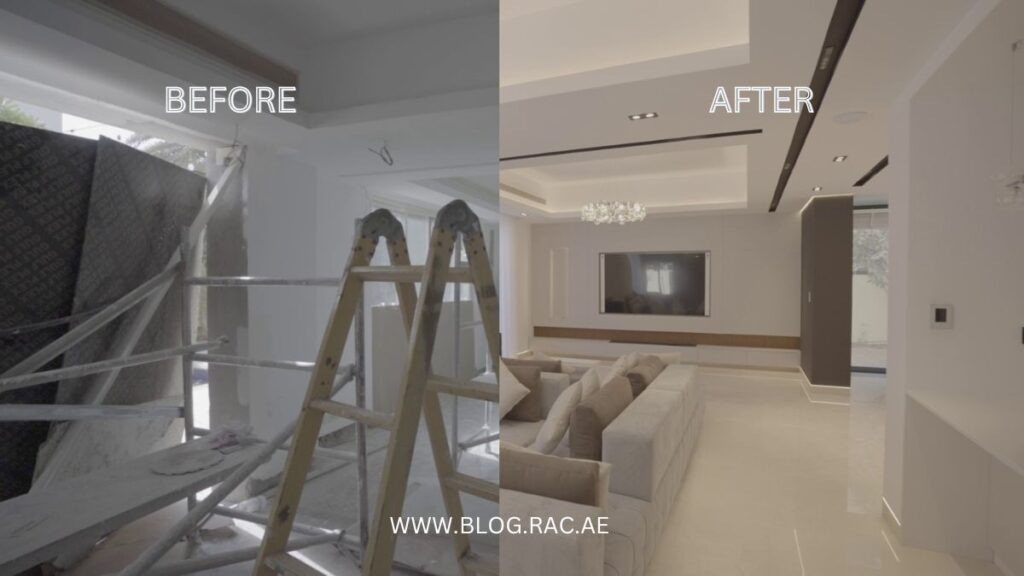
The Role of Color in Interior Design
Color is a powerful design tool that can dictate mood, create illusion, and influence perception. It is an essential element in defining the aesthetics of a space.
Understanding Color Theory
Color theory provides guidelines on how colors interact, contrast, and complement each other. Understanding color theory can help create cohesive and harmonious color schemes. Find out more about color theory in interior design here.
Creating Mood with Color
Colors evoke certain feelings and emotions. By carefully selecting a color scheme, designers can create a desired mood or atmosphere in a space. For instance, warm colors can create a cozy, inviting feel, while cool colors evoke calmness and serenity.
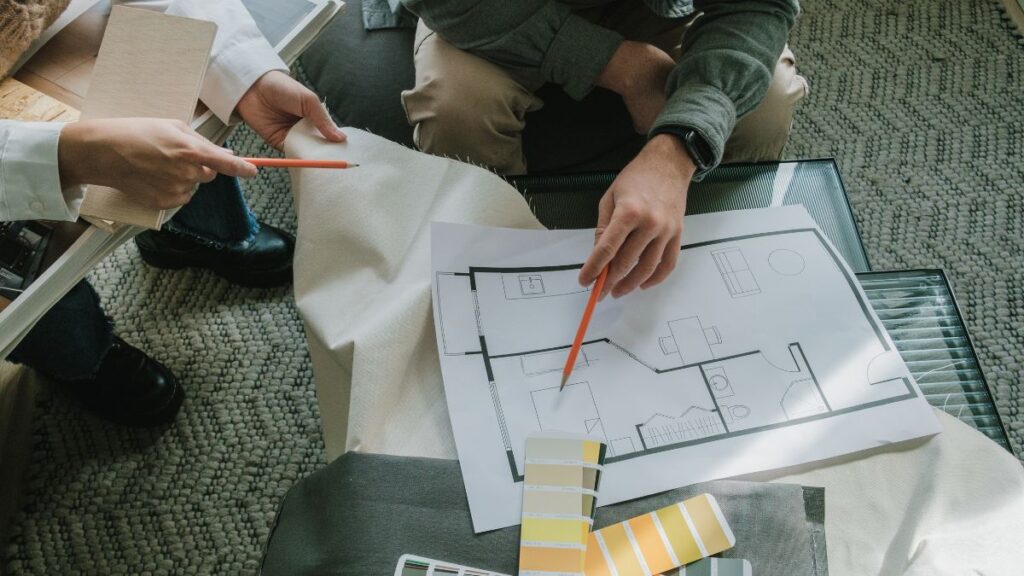
The Impact of Texture in Interior Design
Texture in interior design refers to the surface quality of an object. It could be visual or tactile. The right use of texture can add depth and dimension to a space, enhancing its aesthetic appeal.
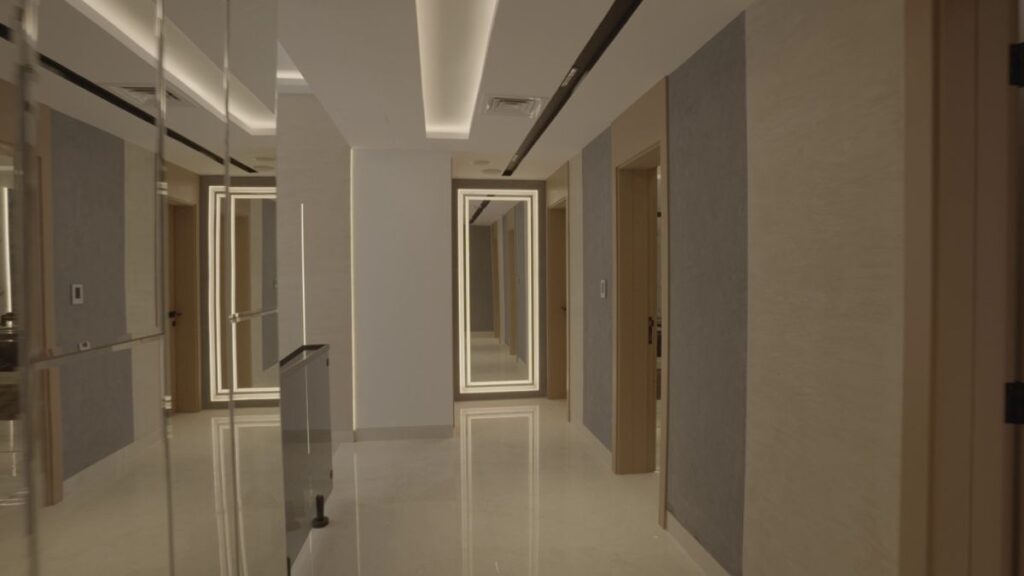
Key Takeaways: Mastering the Fundamentals of Interior Design
- The Elements and Principles: Interior design revolves around seven core elements (space, line, form, light, color, texture, and pattern) guided by key principles like balance, rhythm, and emphasis.
- Importance of Space Planning: Space planning is essential to allocate and divide areas efficiently, ensuring that a room’s function aligns with its occupants’ needs while maximizing comfort and style.
- Power of Color Theory: Understanding color theory is crucial for creating harmonious and cohesive spaces that establish the desired mood and perception, from calm and serene to warm and inviting.
- Role of Texture: Texture adds depth, interest, and contrast to interior environments. Using tactile and visual textures thoughtfully brings unique layers of aesthetic appeal.
Conclusion
Mastering the fundamentals of interior design space, color and texture can help create spaces that are not only aesthetically pleasing but also functional and comfortable. Whether you’re a professional designer or a homeowner looking to beautify your space, understanding these fundamentals can significantly enhance your design capabilities.
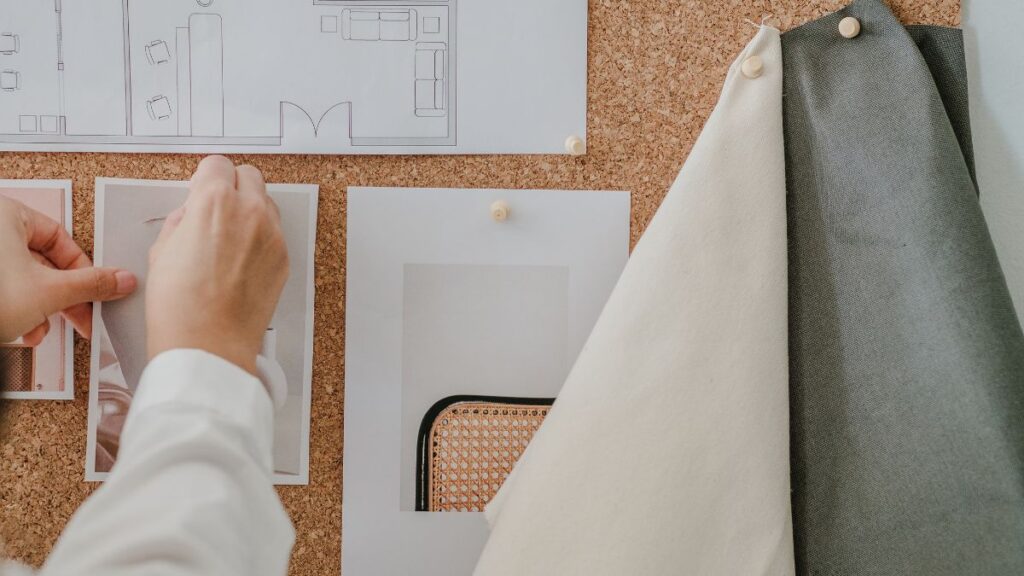
FAQs
1. How do the elements and principles of interior design differ?
The elements, like line, form, and pattern, serve as the building blocks, while principles such as proportion and balance are guidelines that direct the arrangement of these components.
2. What are the fundamentals of interior design?
The fundamentals include understanding and effectively using space, color and texture.
3. What are the elements of interior design?
The elements include space, line, form, light, color, texture and pattern.
4. What role does color play in interior design?
Color can dictate mood, create illusion and influence perception in interior design.
5. What is space planning in interior design?
Space planning involves allocating and dividing space to meet the functional needs of its occupants.
6. How does texture impact interior design?
Texture can add depth and dimension to a space, enhancing its aesthetic appeal.
7. What are the core fundamentals of interior design?
The fundamentals include mastering space, color, and texture, allowing for cohesive and visually appealing spaces that are also functional.
8. What role does color play in interior design?
Color sets the mood and creates visual illusions that can influence perception, such as making rooms feel larger or cozier, or even changing the perceived temperature of a space.
9. What does effective space planning involve?
Space planning means thoughtfully allocating and organizing space to meet the needs of those using it, ensuring that each area serves a specific function while complementing the room’s overall layout.
10. Why is understanding scale and proportion important?
Scale and proportion ensure that objects are harmonious with each other and the space. When correctly balanced, they contribute to a pleasing and unified aesthetic.
11. How does texture impact the feel of a room?
Texture, both visual and tactile, adds depth and dimension. For instance, a smooth, glossy texture creates a sleek feel, while rougher textures can make the space feel cozier and more grounded.
12. What guidelines does color theory provide in interior design?
Color theory helps to understand how colors interact and complement each other, creating balanced and pleasing color schemes that harmonize with the space’s overall theme.
13. Can different textures be used together effectively?
Yes, combining textures is a key strategy to bring contrast and visual interest, as long as they align with the room’s style and theme.
14. How do light and pattern fit into the fundamentals of design?
Light illuminates spaces, highlighting design elements and adding warmth or coolness. Patterns contribute repetitive visual interest that enhances the rhythm and flow of a room.
15. How can I learn more about mastering these interior design fundamentals?
Researching articles, books, and online resources, as well as observing well-designed spaces, can provide further insights and inspiration for mastering these foundational principles.

